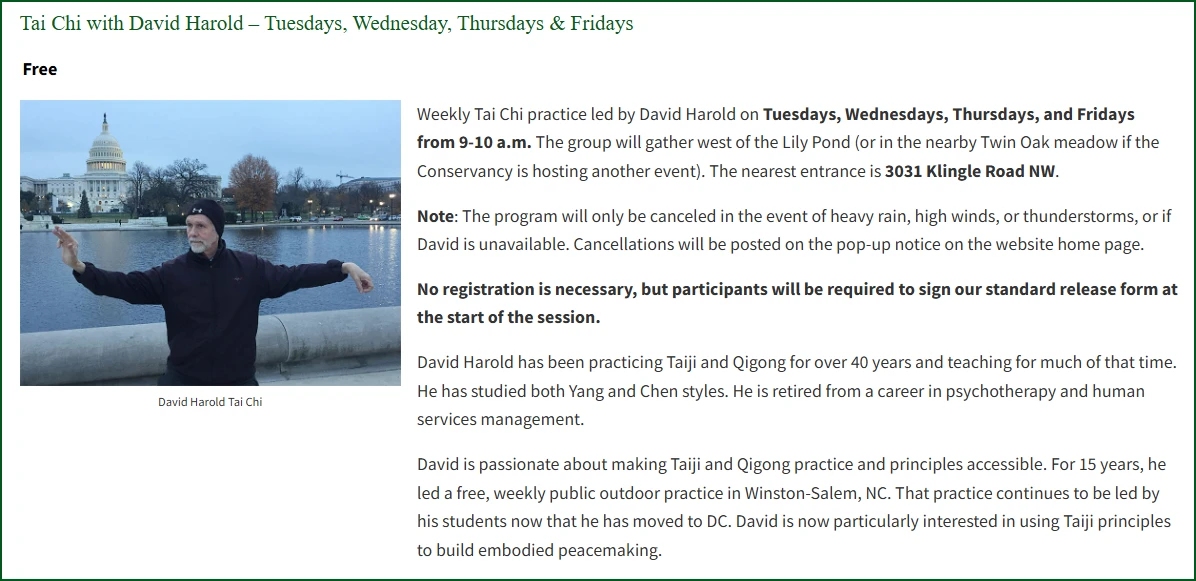On April 5, the Conservancy lost a dear friend, neighbor, and dedicated supporter, Michael Lehrman. Michael was a loving husband, military aviator, test pilot, entrepreneur, chocolate lover, and holder of more than 25 patents in medical technology. He died peacefully at home of old age and Parkinson’s.
Lehrman, called “Little Lindy” for his flying prowess in the Army, flew everything from gliders to the Concorde, and founded a regional airline in the 1980s before turning to inventing medical devices. His passions included aviation, science, maps, travel, the news, ice cream, chocolate, and above all, the love of his life, and wife of nearly 54 years, Margaret Ann (McBride) Lehrman, known as Margie.
Michael Lloyd Lehrman was born on May 6, 1932, in New York City, to Charles and Edythe (Feldman) Lehrman. He grew up in Greenwich Village and Brooklyn. From the time he was six weeks old, Lehrman summered with his parents in the Poconos at Tamiment, a camp and summer school founded by the Rand School of Social Science, where his baby-sitter was Danny Kaye. As a teenager, Lehrman ran a spotlight at the Tamiment Playhouse, which served as a training ground for many prominent Broadway and TV writers and performers such as Sid Caesar, Imogene Coca, Neil Simon, Mel Brooks, Woody Allen, and Carol Burnett. One of Lehrman’s delights was to sit in on a writers’ meeting, and sometimes being asked to contribute.
Lehrman attended P.S. 208, an experimental school for gifted children in Brooklyn, until 7th grade when he got kicked out of the NYC public school system for blowing up a condom in class. After one year at West Nottingham Academy in Colora, MD, Lehrman
attended the Pennington School in NJ on a work-scholarship for four years, graduating as salutatorian in 1950. Lehrman went on to attend Cornell University on an ROTC scholarship, starting out in pre-med and graduating with honors in economics in 1954. Because he could not afford to go to medical school, Lehrman became an Army artillery officer. During his three years of military special operations in Germany during the Cold War, Lehrman was written up twice for the Distinguished Flying Cross, which could not be awarded because his missions were classified.
After four years of active duty, Lehrman transitioned to the active reserve. By then, he’d given up on medical school because flying was so much fun. As a reservist, Lehrman earned his MBA from the Harvard Business School in 1962. After Harvard, he went to work as a military operations research engineer for Kaman, a helicopter manufacturer, and then North American Rockwell.
“I was assigned to the Army Office of Combat Research and Development where I worked on methods and systems to identify and rescue combat casualties [in Vietnam] using rotary wing aircraft,” Lehrman wrote. He also qualified air force helicopters for crash rescue
fire-fighting, and naval helicopters for at-sea tactical deployment in high-speed rescue and anti-submarine warfare.
After nearly 15 years of military service, Lehrman resigned his reserve commission “out of personal anguish” over the My Lai massacre. By then, he had earned the Senior Army Aviator Badge and 15 other medals and service ribbons.
The Whittaker Corporation based in Los Angeles recruited Lehrman as its director of international operations and sent him around the world to provide airports with advanced air traffic control systems. In the early ‘70s, working with DGA International, Lehrman was instrumental to securing U.S. landing rights for the British-French Concorde. In the mid- ‘70s, Lehrman formed Aviation Values Corp. For two years, Lehrman served as president of Altair Airlines, a regional carrier based in Philadelphia. He then founded Atlanta Express Airlines, a regional carrier based in Atlanta, that flew to Hilton Head and nearly 30 other cities in a six-state area.
Some years later, medical doctors approached Lehrman about improving the performance of monitors for sudden infant death syndrome (SIDS) in babies, so Lehrman established IAM Fine and went to work on his first patents in conjunction with HWI International, an R&D engineering firm. The resulting infrasound system dropped the SIDS false alarm rate from 93% to 7%, but the device was never marketed because research found that placing babies on their backs reduced SIDS by 80%.
Lehrman, ever resilient, next developed a device that alarms automatically when one falls down. The wearer does not need to be conscious nor push a button. The resulting company was iLife Techologies.
In recent years, under the name Sleep Methods, Lehrman and his team worked on a user-friendly replacement for the C-PAP mask used to treat obstructive sleep apnea, which affects roughly 39 million Americans. In all these efforts, Lehrman is the first-named inventor on 20 patents, and co-inventor on at least five more. Many of his patents are in everyday use today.
During his lifetime, Lehrman traveled to roughly 140 countries, which provided him with a litany of entertaining stories, treasured by family and friends, with code-names like “the hat-box,” “the hall porter,” “the arrest,” “the spy” and “streaking.” An amateur geologist and meteorologist, Lehrman was a 25-year member of the American Geophysical Union. He also was a member of the Harvard Club of New York City.
Lehrman was a voracious reader, a devotee of classical music, an early supporter of women’s rights, a skier, and a dog-lover. He is survived by his wife Margaret Lehrman, of Washington, DC, several cousins, and an “extended family” of young women who, while pursuing an education, lived for years rent-free with the Lehrmans in exchange for help with the dogs.
We are grateful for Michael and Margie’s friendship and enthusiastic appreciation of Tregaron and the Conservancy.
A celebration of life will be held later.

